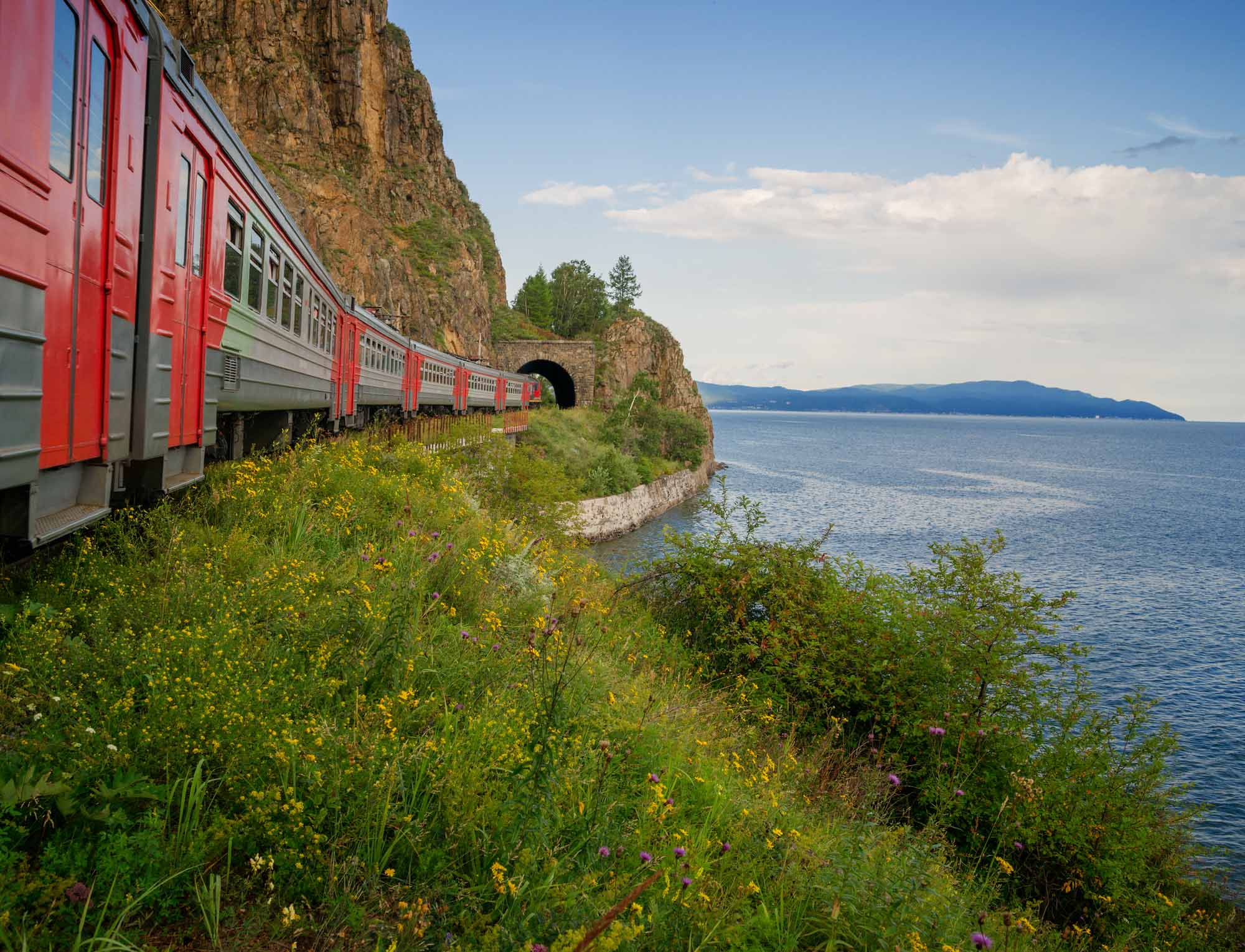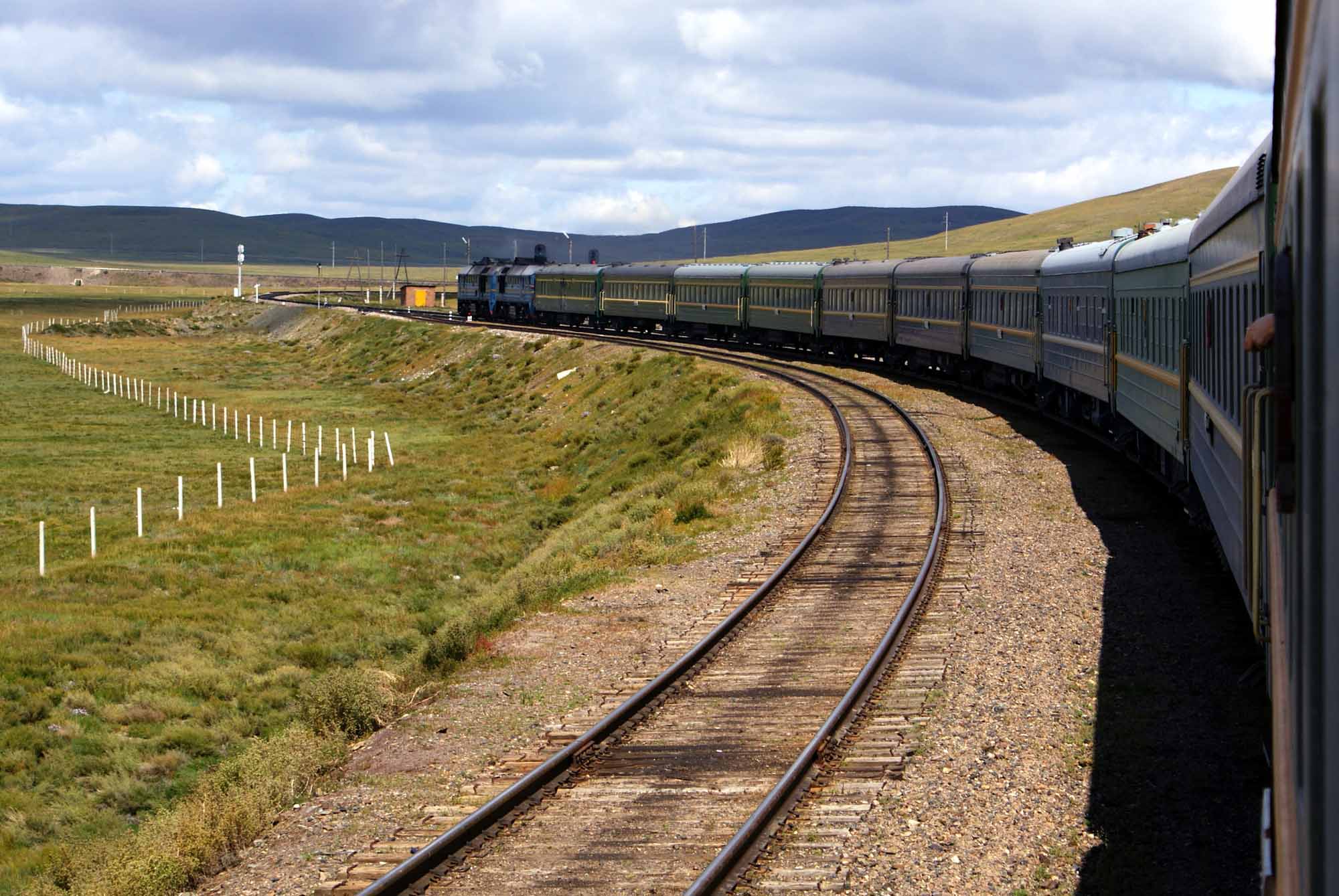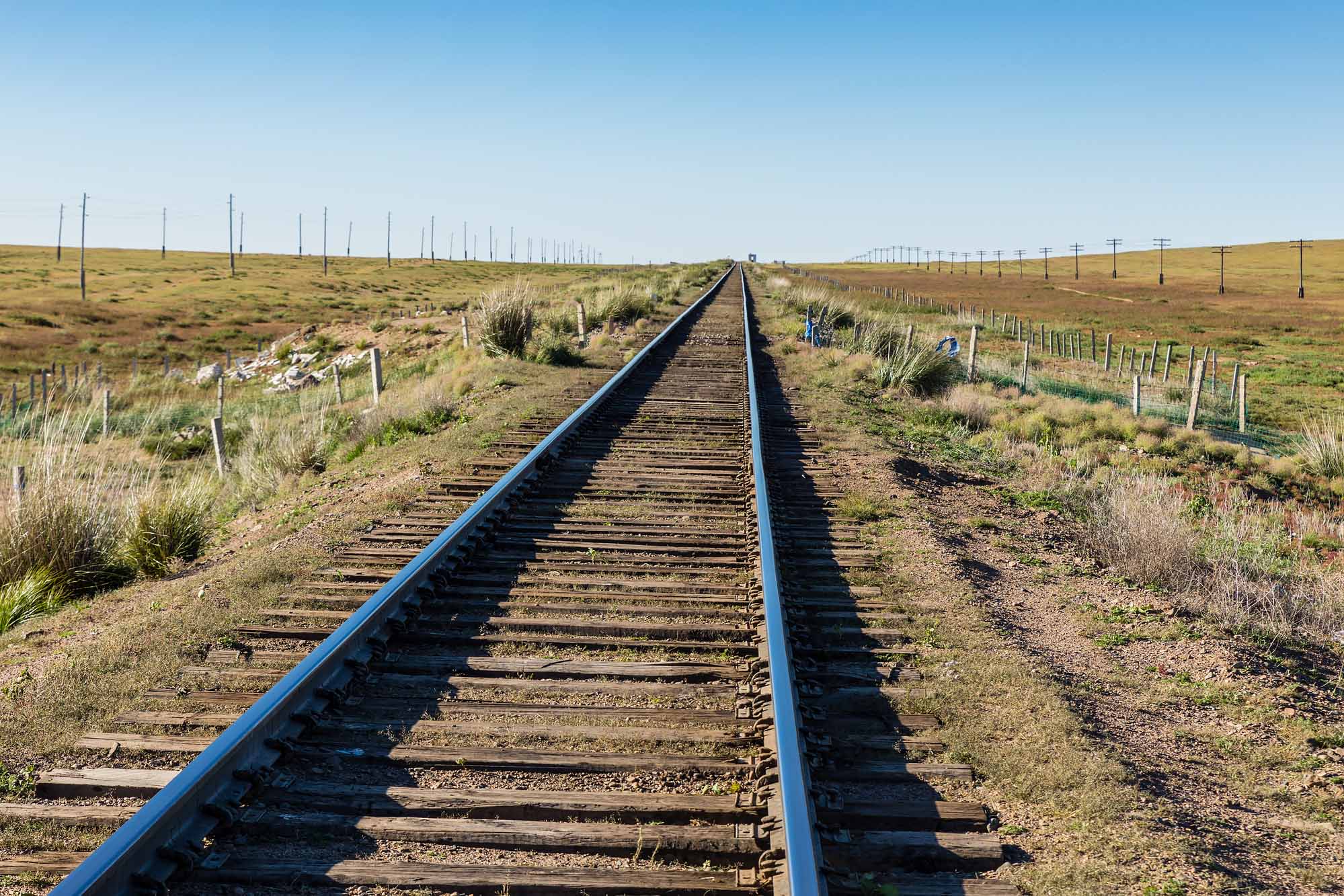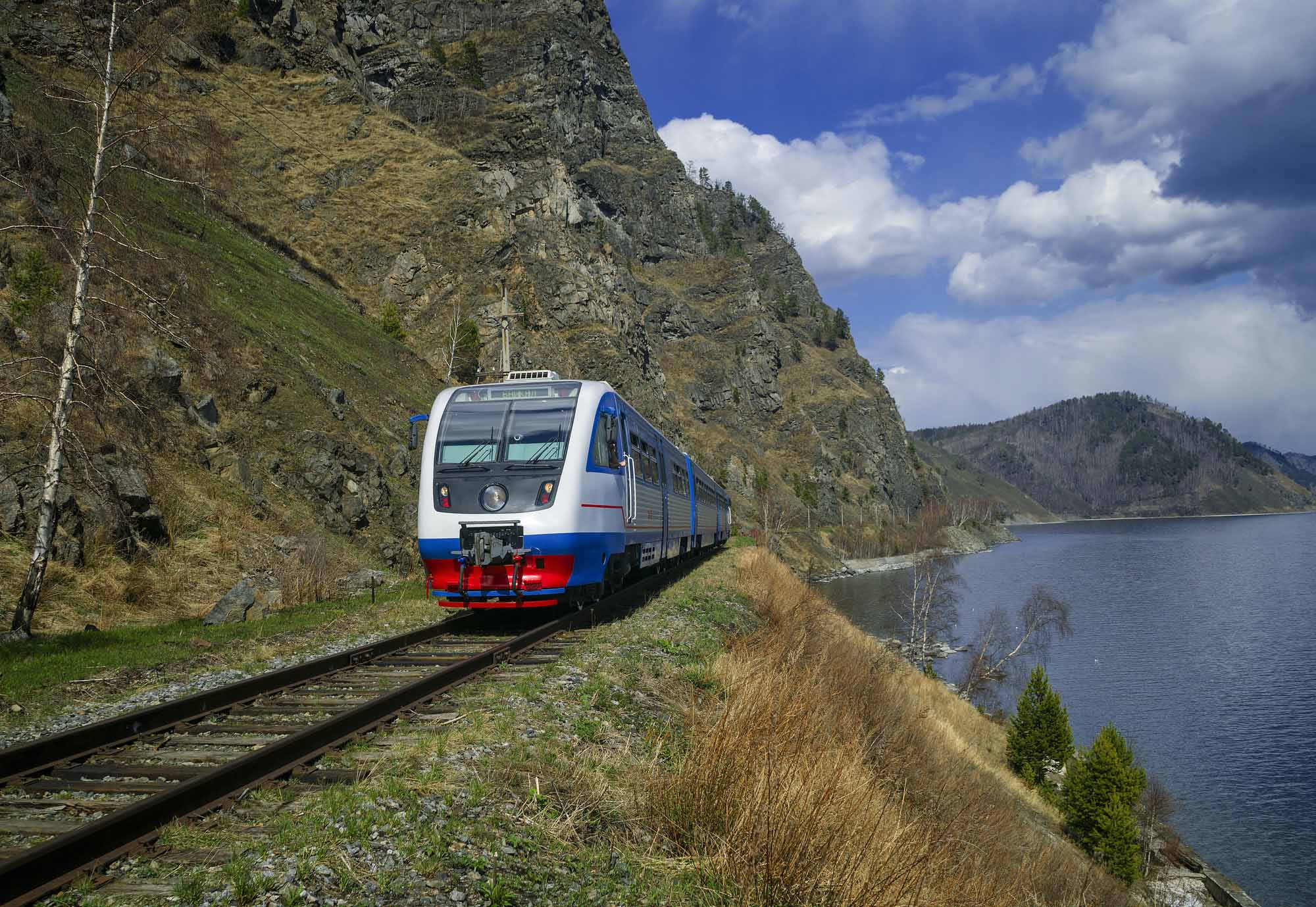
The Trans-Siberian Railway represents a network of railway lines connecting Moscow with the Russian Far East. The railway was built between 1891 and 1916. The Trans-Siberian Railway is considered to be the 3d longest railway in the world. Its length from Moscow to Vladivostok is 9289 km.
In fact there are three railway lines associated with Trans-Siberian Railway. They are the Trans-Siberian line, the Trans-Manchurian line and the Trans-Mongolian line. Besides, there are also the Baikal-Amur Mainline and the Circum Baikal Railway that are also often regarded in connection with the Trans-Siberian Railway.

The Trans-Siberian line is the most important transport link within Russia as around 30% of Russian exports travel on the line. The line is also frequently used by Russian passengers and foreign tourists. The most known regular train on this line is branded train# 002/001 called Rossiya. It will take you 7 days to make a non-stop journey from Moscow to Vladivostok on this train. The train departs from Yaroslavskiy train station in Moscow and makes stops in such cities as Yaroslavl, Kostroma, Kirov, Perm, Yekaterinburg, Tyumen, Omsk, Novosibirsk, Krasnoyarsk, Irkutsk, Ulan-Ude, Chita, Khabarovsk, Vladivostok. The most popular cities to make stops in when travelling by train from Moscow to Vladivostok are Yekaterinburg, Novosibirsk, Krasnoyarsk, Irkutsk, Ulan-Ude, Khabarovsk. As mentioned before trains depart from Moscow mainly from Yaroslavskiy train station, but some of them depart from Kazanskiy train station as well.

The Trans-Mongolian line follows the same route as the Trans-Siberian between Moscow and Ulan-Ude, then it follows through Mongolian steppes and the Gobi desert, via Ulaanbaatar to China’s capital. The length of the line between Moscow and Beijing is 7622km. This line follows an ancient tea-caravan route from China to Russia, but the Trans-Mongolian line itself was built late in comparison with the Trans-Siberian line, between 1949 and 1961. The whole route is serviced by a Chinese train #0043 departing from Moscow once a week. A non-stop train journey by train to cover the route between Moscow and Beijing will take you about 6 days. If you want to break your journey, you can use local trains. From Russia to Ulaanbaatar you can take train # 306 departing Irkutsk several times a week and from Ulaanbaatar to Beijing train #K24 that departs once a week (in summer period twice a week).

The Trans-Manchurian line follows the same route as the Trans-Siberian between Moscow and Chita and then follows to Beijing via Zabaikalsk, Manchuria, Harbin crossing the steppes and the spectacular Da Hinggan Ling Mountains. The length of the Trans-Manchurian line is 9001 km. The express train #020 called Vostok covers this route in just over five days. The train departs from Moscow once a week.
The Baikal-Amur Mainline (BAM) connects Eastern Siberia and the Russian Far East. The length of the line is 4,324 km. Much part of the BAM was built over permafrost. In Soviet Union the BAM was considered to be «the construction project of the century». The BAM departs from the Trans-Siberian railway at Tayshet, then crosses the Angara River at Bratsk and the Lena River at Ust-Kut, proceeds past Severobaikalsk at the northern tip of Lake Baikal, past Tynda, crosses the Amur River at Komsomolsk-on-Amur and reaches the Pacific Ocean at Sovetskaya Gavan. Most travelers start their BAM journey from Irkutsk and rejoin again the Trans-Siberian line in Khabarovsk.